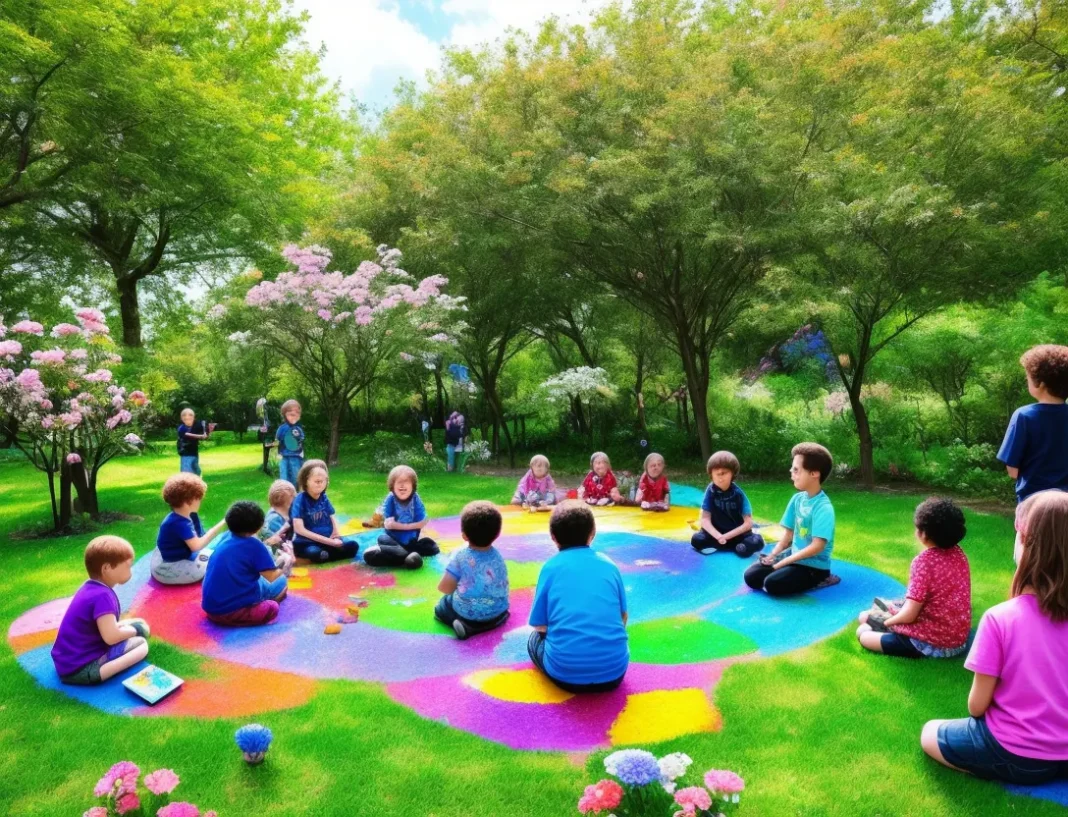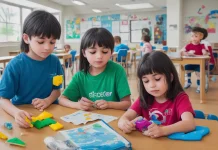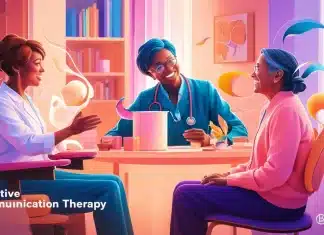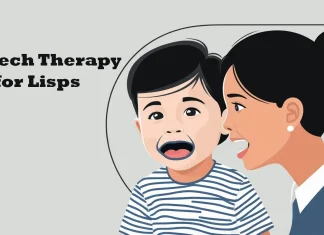Unlocking Creativity and Emotional Expression
Introduction
Art Therapy has emerged as a powerful and innovative approach in supporting autistic children on their developmental journey. Autism Spectrum Disorder (ASD) is a complex neurodevelopmental condition that affects communication, behavior, and social interaction. For many autistic kids, expressing themselves can be a significant challenge. Art Therapy provides a safe and creative space for these children to explore their emotions, enhance their communication skills, and foster self-expression. In this article, we will delve into the world of Art Therapy for autistic kids, exploring its benefits, techniques, and how it can be integrated into their daily lives.
Understanding Autism Spectrum Disorder (ASD)
Autism manifests differently in each child, with a wide range of characteristics and challenges. Autistic kids may struggle with verbal communication, have difficulty understanding social cues, and may engage in repetitive behaviors. These difficulties can often lead to frustration and emotional distress. Art Therapy offers a unique opportunity for these children to communicate non-verbally, expressing their thoughts and emotions through creative mediums.
What is Art Therapy?
Art Therapy is a therapeutic approach that utilizes artistic expression to promote emotional healing, self-discovery, and personal growth. It goes beyond traditional art activities by focusing on the process of creation rather than the final product. In a supportive environment, autistic kids can engage in art projects that encourage self-reflection and exploration, allowing them to better understand their feelings and behaviors.
The Role of Art Therapy in Supporting Autistic Kids
Art Therapy plays a crucial role in supporting autistic kids in various aspects of their lives. Through artistic expression, children can develop and enhance their communication skills. Art becomes a language through which they can convey their thoughts and emotions, bridging the gap that verbal communication might create.
Moreover, Art Therapy provides a way for autistic kids to manage their emotions and behaviors. Engaging in creative activities can serve as a coping mechanism, helping them navigate challenging situations and reduce feelings of anxiety or frustration.
Tailoring Art Therapy for Autistic Kids
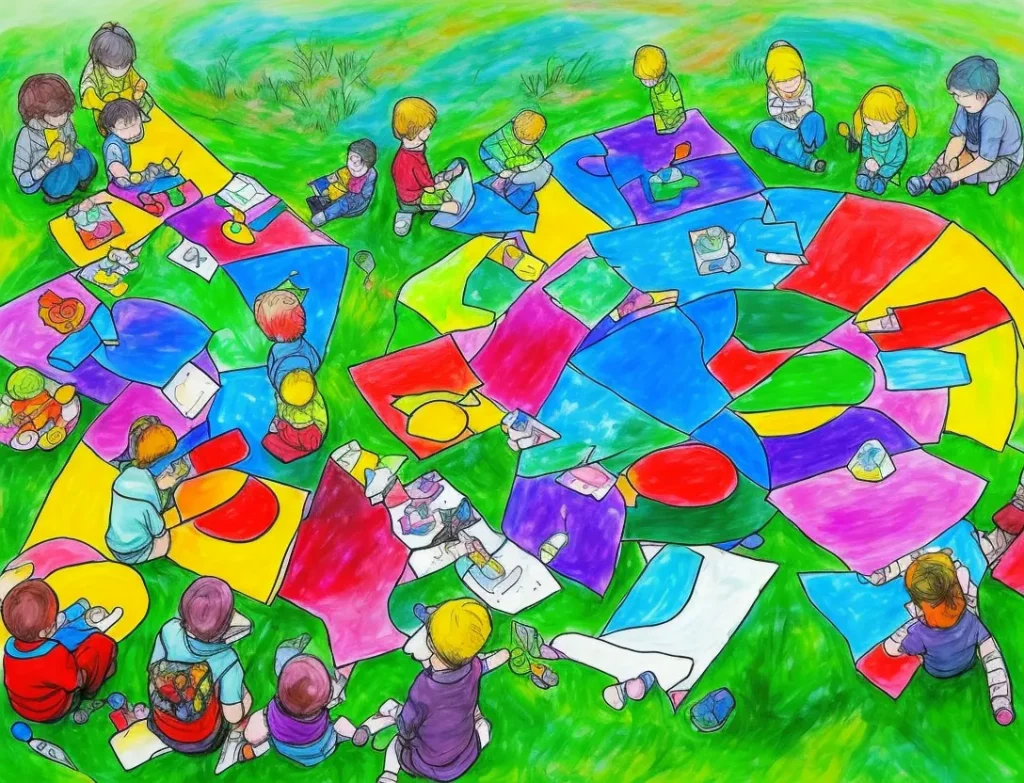
Every autistic child is unique, and Art Therapy must be tailored to meet their individual needs and preferences. The therapist adopts an individualized approach, understanding the child’s strengths, challenges, and interests. By choosing the right art activities that resonate with the child, the therapeutic experience becomes more effective and enjoyable.
The Therapeutic Process in Art Therapy
The success of Art Therapy for autistic kids greatly depends on building a strong rapport between the child and the therapist. Creating a safe and supportive environment is essential for the child to feel comfortable expressing themselves through art. The therapist employs a patient and understanding approach, allowing the child to set the pace and guiding them gently through the artistic journey.
Art Therapy Techniques for Autistic Kids
Art Therapy encompasses a wide range of creative techniques suitable for autistic kids. Drawing and coloring activities allow children to express their thoughts and emotions visually. Sculpting and clay modeling provide a tactile and sensory-rich experience, which can be particularly beneficial for those with sensory sensitivities.
Case Studies: Success Stories of Art Therapy for Autistic Kids
Case Study 1: Improving Verbal Expression and Emotional Regulation
In this case study, we explore the journey of Alex, a non-verbal autistic child who struggled to express himself. Through regular Art Therapy sessions, Alex began using art as a means of communication, gradually integrating spoken language into his expression. Over time, his emotional regulation improved significantly, leading to a more positive and fulfilling daily life.
Case Study 2: Enhancing Social Skills and Peer Interaction
Emily, a 7-year-old girl on the autism spectrum, faced challenges in social settings and found it difficult to interact with peers. Through group Art Therapy sessions, Emily learned valuable social skills while collaborating on art projects with her peers. The shared creative experience allowed her to form meaningful connections, boosting her confidence and social interactions.
Art Therapy at Home: Activities for Parents and Caregivers
Art Therapy can extend beyond the therapist’s office, as parents and caregivers can incorporate creative activities into the child’s daily routine. Simple art projects at home can provide a bonding experience while fostering the child’s artistic skills and emotional well-being.
Overcoming Challenges in Art Therapy for Autistic Kids
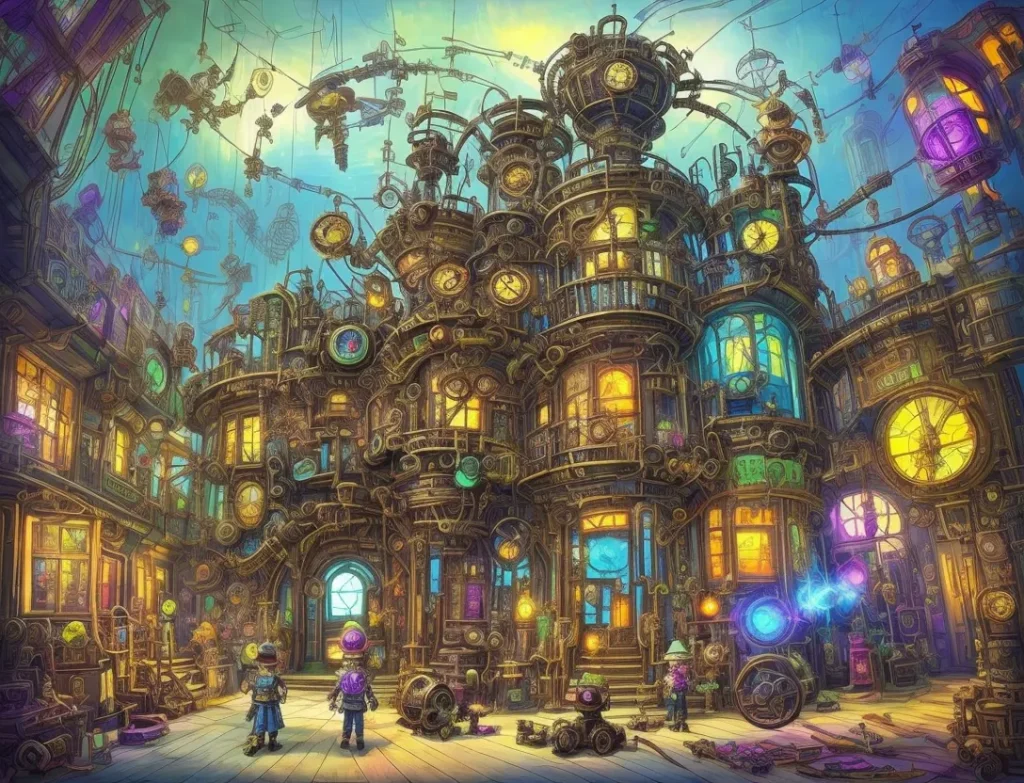
While Art Therapy holds significant benefits for autistic kids, it’s essential to be mindful of potential challenges. Some children with sensory sensitivities may find certain art materials overwhelming. Additionally, addressing communication barriers is crucial, especially for non-verbal or minimally verbal children.
Art Therapy and Other Therapeutic Approaches
Art Therapy can complement other therapeutic interventions for autistic children. Collaborating with speech therapists and occupational therapists allows for a holistic approach, addressing various developmental aspects simultaneously.
Ethical Considerations in Art Therapy for Autistic Kids
Respecting the child’s autonomy and ensuring confidentiality are vital ethical considerations in Art Therapy. Creating a safe and secure space for the child to express themselves without judgment is essential to the therapeutic process.
Art Therapy: A Lifelong Skill for Autistic Kids
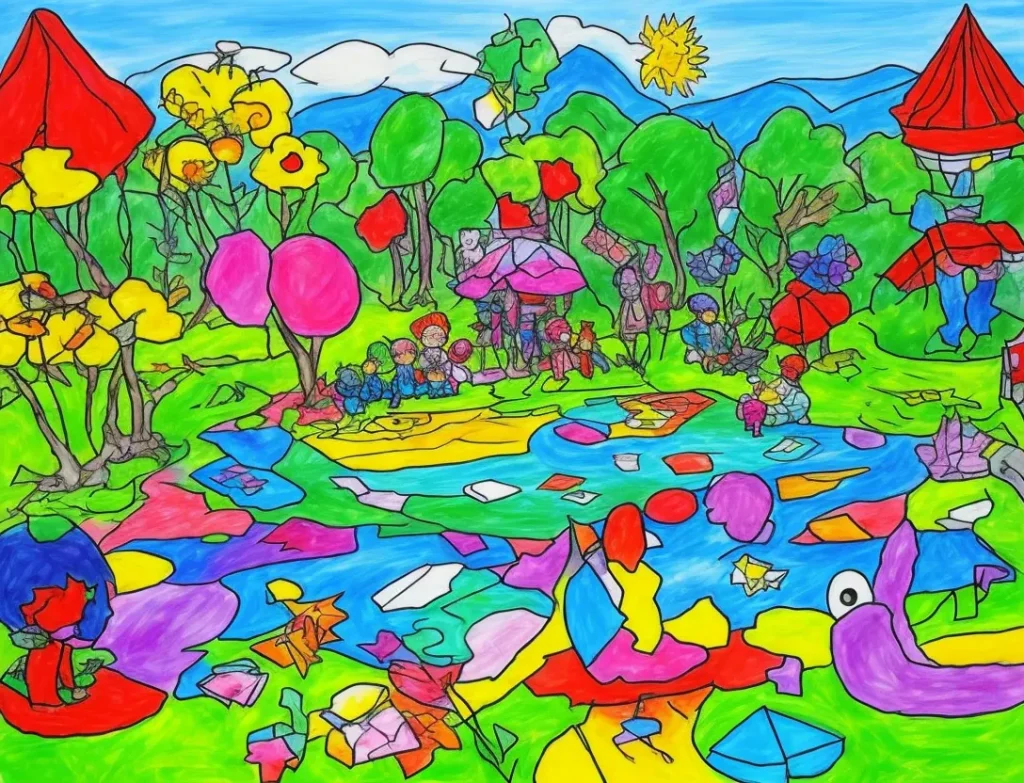
The benefits of Art Therapy extend far beyond childhood. Fostering creativity and self-expression can lead to a lifelong skill that continues to enrich the lives of autistic individuals as they grow and navigate the world.
Art Therapy in Educational Settings
Integrating Art Therapy into educational programs can be highly beneficial for autistic kids. Collaborating with educators and support staff ensures a collaborative and supportive environment that nurtures the child’s artistic abilities.
Conclusion
Art Therapy For Autistic Kids has emerged as a powerful tool in supporting the emotional well-being and development of autistic kids. Through creative expression, these children can communicate, understand their emotions, and enhance their social skills. With a tailored and individualized approach, Art Therapy unlocks the creativity within each child, fostering personal growth and lifelong skills.
FAQs (Frequently Asked Questions)
Is Art Therapy suitable for all autistic kids?
Yes, Art Therapy can be beneficial for many autistic children, but it’s essential to consider individual needs and preferences.
Can parents conduct Art Therapy sessions at home without a therapist?
While parents can engage in creative activities with their child, professional Art Therapy sessions are best facilitated by trained therapists.
What if my autistic child is non-verbal and cannot communicate through art?
Art Therapy offers alternative ways of communication, such as using visuals, gestures, or facial expressions, to express emotions and thoughts.
How often should my child attend Art Therapy sessions?
The frequency of sessions depends on the child’s needs and the therapist’s recommendation, which may vary from weekly to bi-weekly sessions.
Is Art Therapy covered by insurance?
Some insurance plans may cover Art Therapy, but it’s essential to check with your provider for specific coverage details.

